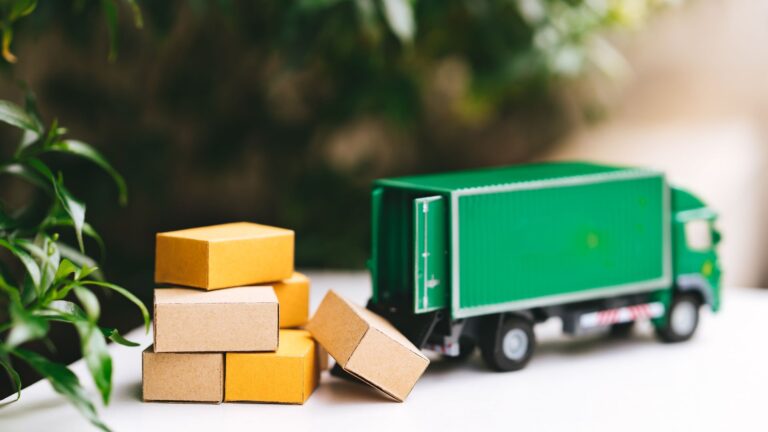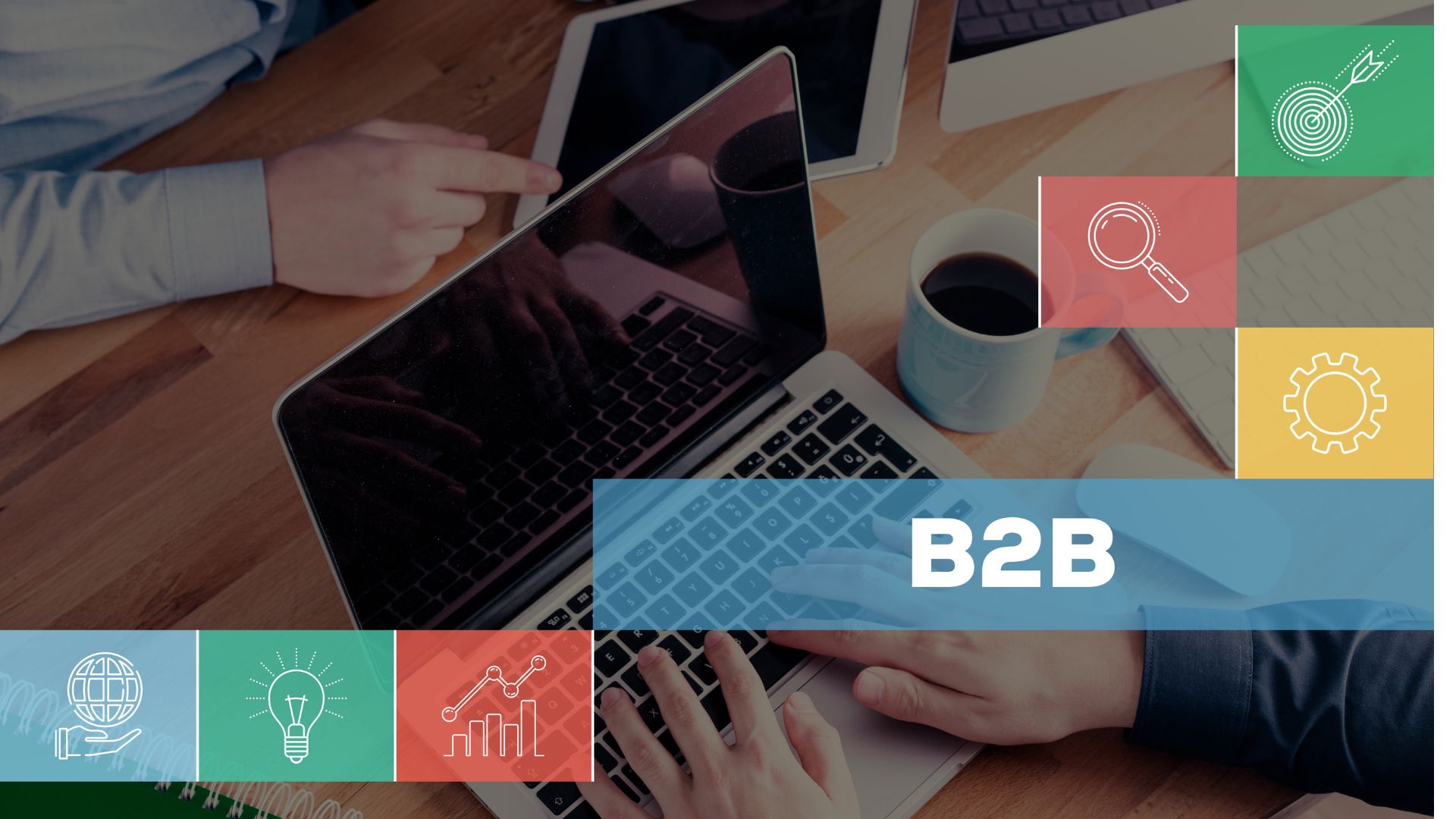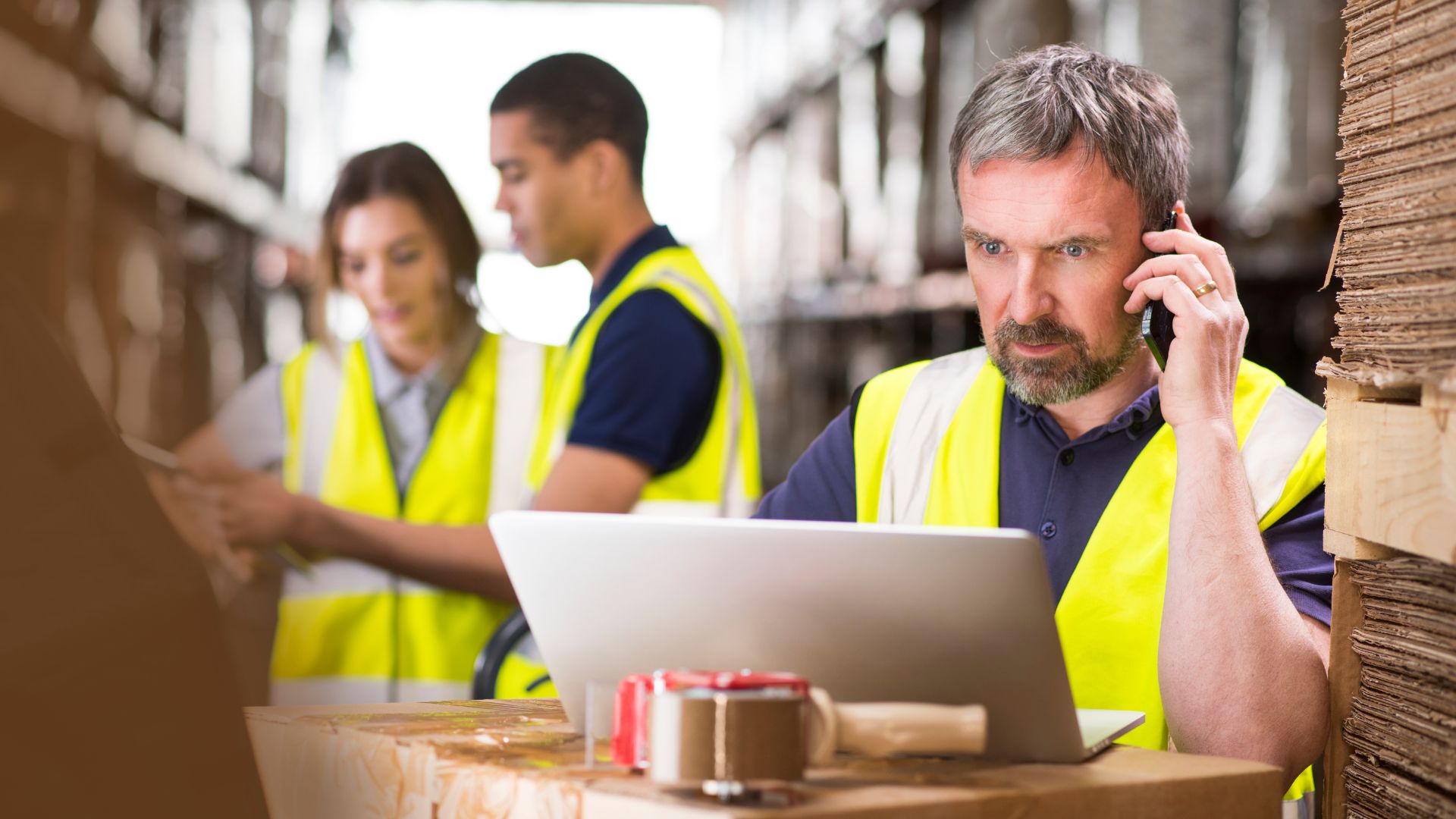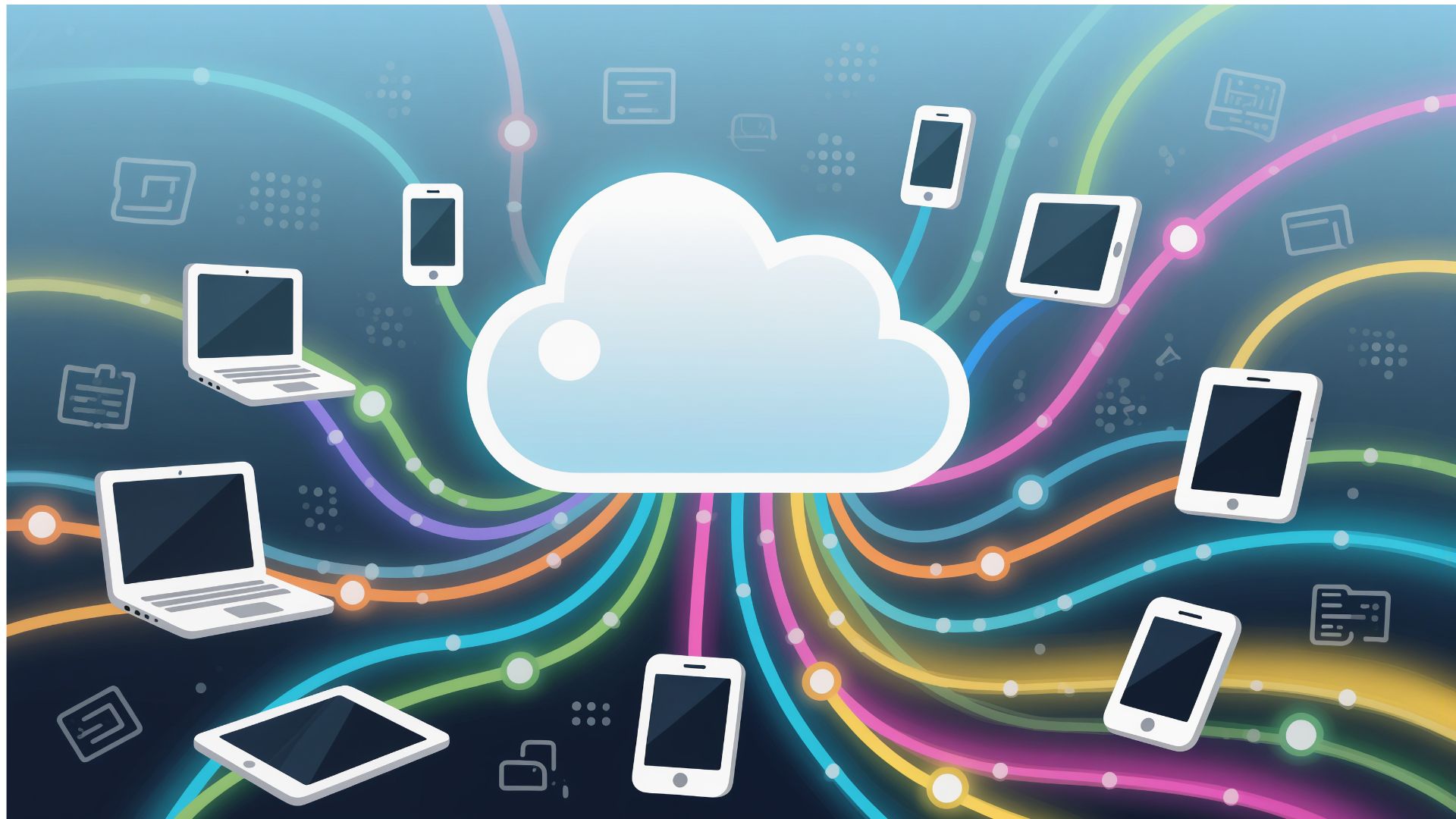The challenge of CO2-free transport
Can you imagine reducing tons of CO₂ while achieving real savings in fuel and operations? With automation, you turn this challenge into an opportunity: you precisely optimize routes, monitor consumption in detail, and control electric vehicle charging. You also comply with stricter regulations and respond to customers who demand transparency regarding their carbon footprint.
AI at the wheel: dynamic routes and zero congestion
Did you know that DHL reduced its emissions by 20% and its kilometers traveled by 12% thanks to AI-powered planning? Its systems analyze real-time data on traffic, weather, roadworks, and local restrictions to instantly reconfigure routes. You can achieve the same: algorithms guide you along the cleanest route, avoiding traffic jams and making the most of every liter of fuel. Implementing AI improves sustainability and also increases punctuality by 15%, according to a McKinsey report . Additionally, the technology allows you to simulate future scenarios in the face of regulatory changes or peak demand, giving you a competitive advantage.
Connected electric fleets: more than just plugging in a truck
Tesla, Volvo, and Amazon are already piloting electric trucks with intelligent management systems that optimize range and costs. A BloombergNEF study predicts that by 2027, electric trucks will be as economical as diesel trucks. However, it’s not enough to simply plug in: you must automate charging scheduling based on rates, charger availability, and weather forecasts. Global platforms like those used by Maersk in US and European ports synchronize solar and wind energy to power fleets, reducing energy costs by 30%. You can also integrate AI systems that forecast energy demand and prioritize charging at times with lower costs and a lower carbon footprint.
Warehouses: from chaos to the perfect energy pulse
Warehouses can consume up to 50% of a logistics company’s total energy. Distributed IoT sensors measure occupancy, temperature, and machine consumption in real time. Automation systems adjust lighting, ventilation, and loading cycles only when and where needed, reducing electricity bills by up to 25%, as demonstrated by Amazon Robotics in its US centers. You can go further: integrate AI that anticipates peak activity based on historical data and external events, optimizing energy during off-peak hours, and turning off non-critical devices at night or on weekends.
Smart packaging and circular economy
Packaging accounts for 30% of supply chain waste. Blockchain-based digital traceability systems automatically select compostable or reusable materials based on product type and destination. Zara Logistics is promoting tests with returnable packaging, achieving a 40% reduction in returns associated with packaging defects. You can create an information flow that, by scanning codes at each link, records the packaging’s lifecycle, detects high-waste points, and proposes improvements in real time. This way, you save resources and communicate a tangible commitment to the circular economy.
Total visibility: monitor and act in seconds
The real revolution comes when you unify data into a single dashboard. Walmart and Carrefour are deploying real-time monitoring systems that integrate fleet telemetry, warehouse data, and consumption metrics. This allows you to instantly detect route deviations, efficiency scores, and supply anomalies. You receive alerts on your mobile phone or in your control center before a problem escalates: for example, if a vehicle exceeds consumption limits or if a warehouse section exceeds optimal temperatures. With this visibility, you can adjust plans in minutes, avoiding extra costs and demonstrating your leadership in sustainability.
Towards a sustainable and exciting logistics future
Digitalization and AI reduce emissions, but they also generate innovation. Every piece of data points to new opportunities: optimizing distribution networks with drones for last-mile delivery, using digital twins to test warehouse configurations with no real impact, or employing energy twins to manage renewable-based microgrids. Tomorrow is green and exciting. You lead the transformation: embrace automation and AI to build a resilient, profitable, and planet-friendly supply chain. Turn your logistics into a driver of global change.




